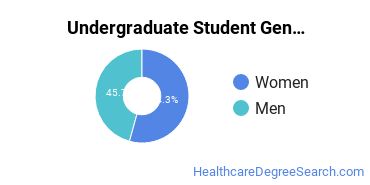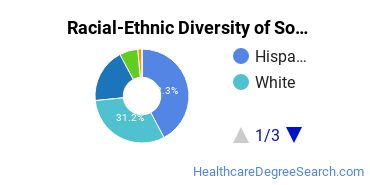Southern Careers Institute - Austin Healthcare Programs
Southern Careers Institute - Austin is a private for-profit institution situated in Austin, Texas. The location of the school is great for students who enjoy the amenities of city life.
Featured schools near , edit
Where Is Southern Careers Institute - Austin?

Contact details for Southern Careers Institute - Austin are given below.
| Contact Details | |
|---|---|
| Address: | 1701 W Ben White Blvd, Ste 100, Austin, TX 78744 |
| Phone: | 512-437-7500 |
| Website: | www.scitexas.edu |
How Do I Get Into Southern Careers Institute - Austin?
You can apply to Southern Careers Institute - Austin online at: www.scitexas.edu/admissions/apply-now/
Can I Afford Southern Careers Institute - Austin?
Student Loan Debt
Almost 66% of college students who graduated with the class of 2018 took out student loans, but that percentage varies from school to school. At Southern Careers Institute - Austin, approximately 69% of students took out student loans averaging $4,826 a year. That adds up to $19,304 over four years for those students.
Southern Careers Institute - Austin Undergraduate Student Diversity
Gender Diversity
Of the 987 full-time undergraduates at Southern Careers Institute - Austin, 41% are male and 59% are female.

Racial-Ethnic Diversity
The racial-ethnic breakdown of Southern Careers Institute - Austin students is as follows.

| Race/Ethnicity | Number of Grads |
|---|---|
| Asian | 18 |
| Black or African American | 196 |
| Hispanic or Latino | 421 |
| White | 306 |
| International Students | 0 |
| Other Races/Ethnicities | 46 |
Southern Careers Institute - Austin Healthcare Concentrations
The table below shows the number of awards for each concentration.
| Major | Basic Certificate | Undergraduate Certificate | TOTAL |
|---|---|---|---|
| Medical Insurance Coding Specialist/Coder | 0 | 117 | 117 |
| Medical/Clinical Assistant | 0 | 47 | 47 |
| Pharmacy Technician/Assistant | 8 | 0 | 8 |
| TOTAL | 8 | 164 | 172 |
References
*The racial-ethnic minorities count is calculated by taking the total number of students and subtracting white students, international students, and students whose race/ethnicity was unknown. This number is then divided by the total number of students at the school to obtain the racial-ethnic minorities percentage.
More about our data sources and methodologies.
